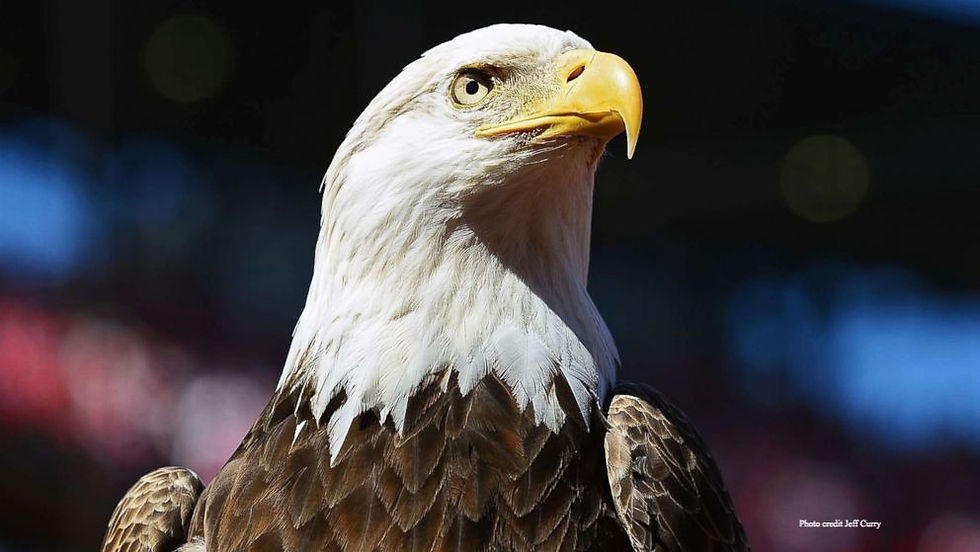CRITTER SPOTLIGHT: Green Darner Dragonfly: Anax junius
- cynthiamorissette
- Aug 16, 2020
- 2 min read
Good Morning Watershed Explorers,

The green darner dragonfly, Anax junius is a large specie of dragonfly ranging in size from 7-8 centimeters in length. Its striking green thorax and huge green eyes make it magnificent to observe. The darner received its name due to the resemblance of its abdomen to a darning needle which can be pictured below.

Green darners are superior fliers able to zoom up to about 35 miles per hour. They can even fly backward. Some populations of green darner undertake a similar migration to that of the monarch butterfly, traveling from areas in the United States and Canada to Mexico.
Green darner nymphs (baby dragonflies) are equally amazing and can live up to two years as a nymph in freshwater and brackish ecosystems. However, some research explains that migratory darner dragonflies do not overwinter as nymphs. The nymph pictured below was found at Frosty Hollow Pond in Exeter, RI.

Nymphs like their adult counterparts, are voracious carnivores and consume a variety of animals in their water habitats. In fact, they are a top predator, sometimes consuming creatures like small fish, tadpoles, and insects that are much larger than themselves. Dragonflies go through incomplete metamorphosis, which means that the eggs hatch into nymphs, and the nymphs shed their exoskeletons several times for growth, before finally becoming an adult dragonfly. They have no pupal stage. Once this nymph becomes an adult it will only live for several weeks to a month.
Habitat: Anax junius ranges all over North America and into parts of Mexico. Dragonflies prefer riparian habitats, which means habitats that are influenced by water. They can be found in or around freshwater streams, rivers, ponds, marshes, wetlands, and even estuaries as they can withstand brackish water.
Diet: Adult dragonflies feed on a variety of insects including bees, flies, butterflies, and even other dragonflies. Nymphs feed on aquatic insects, fish, tadpoles, midges, and also other dragonfly nymphs.
Watershed Role: As a top predator, dragonflies help to regulate insect populations in watershed areas. They are also extremely important as water quality indicators. Different species of dragonfly can withstand varying degrees of water pollution. The green darner is sensitive to water pollution, so finding green darner nymphs in the water is a sign that the watershed ecosystem is healthy.
I would like to end today's post with these two great pages from one of my favorite books of all time, Song of the Water Boatman by Joyce Sidman. This book has some fantastic poems about pond creatures and the ones below are about the green darner. Enjoy!


I hope that you enjoyed learning a little more about the green darner dragonfly. If there is a critter that you would like featured in an upcoming post, please email cmorissette@narrabay.com. The weather has been perfect for outdoor explorations the last few days, I hope that you have all taken advantage of it!
Much love,
Mrs. Morissette






Comments